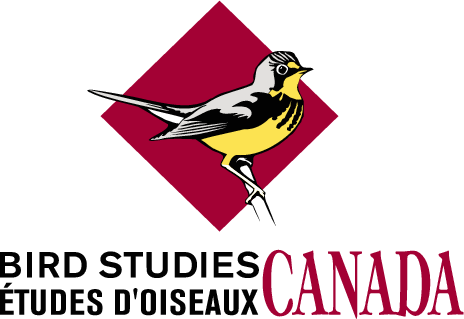Active Pass (BC015)
Galiano & Mayne Islands, Colombie-Britannique
Description du site
Active Pass is the water body separating Galiano and Mayne Islands in the southwest portion of the Strait of Georgia. It is about 40 km south of Vancouver and 50 km north of Victoria. It is a tidally active body of water about 4.5 km long. The tidal mixing during the floods and ebbs creates a biologically rich feeding area for fish eating birds, mostly during the spring, fall and winter. In addition to birds, orcas feed and travel regularly through the pass from spring to fall, while Dall's and harbour porpoise and Steller's sealions are occasional visitors. The pass is also known for a rich intertidal and subtidal fauna.
Oiseaux
Significant Species - Active Pass supports nationally, continentally or globally significant populations of Pacific Loon and Brandt's Cormorant (in winter), and Bonaparte's Gull (on migration). The 2,000 Pacific Loons that regularly occurred at the pass during winter in the 1970's comprised the largest concentration in the Strait of Georgia at that time. In addition, about 4,000 wintering Brandt's Cormorants have been recorded here, although in recent years the numbers in the pass have not exceeded 2000. Observations suggest that the birds of interest are using the whole Strait of Georgia region at different times of the year and in different years. Bonaparte's Gulls pass through in large numbers, with about 10,000 recorded during fall migration, and daily maximum counts of between 7,000 and 15,000 birds recorded during spring migration. The continental or global significance of these counts may require re-evaluation against the most recent estimates.
Other Species of Conservation Interest - Several pairs of Bald Eagles nest along the shores of the pass, and upwards of 100 eagles occasionally forage in the waters during the winter. In recent years, Heermann's Gull and Mew Gull in fall, and Iceland Gull (Thayer's) in winter and spring, have reached continentally significant numbers.
Enjeux de conservation
The significance of Active Pass is linked to the rich feeding area that is created by the ebb and flow of the tide through the channel. Threats to the birds utilizing this area are limited primarily to potential oil spills or oil discharges from ships, and possibly excessive disturbance from recreational and ferry boats. Pacific Loons are especially vulnerable during their winter flightless period when they undergo wing moult. The pass is well known to bird watchers because of the accessibility afforded by the hourly passage of ferries between Vancouver and Victoria.
Active Pass is within the boundary of the proposed Southern Strait of Georgia National Marine Conservation Area Reserve proposed by Parks Canada. The work includes detailed collaborative work with Indigenous communities with interests in the area. When the NMCA is designated there will be specific zones for protection, enforceable regulations, and a management plan to ensure the protection of the biodiversity of the area.
Active Pass is also within the area designated as Critical Habitat for the southern Resident Orca Whale population, determined to be Endangered under Canada's Species at Risk Act. This designation includes protections from excessive disturbance (whale watching boats and recreational boats), as well as protection of supporting habitats including eelgrass and kelp beds. These measures will also benefit birds that use these marine waters and are dependent on the same marine habitats.
Catégories ZICO Habitats Usages Menaces Potencielles ou Existantes Status de Protection

